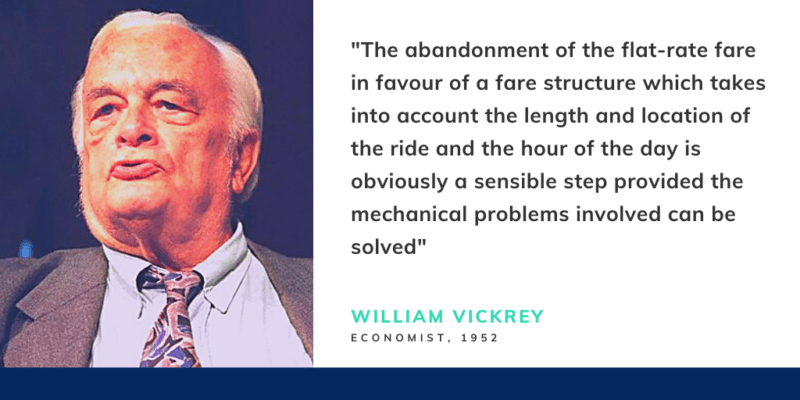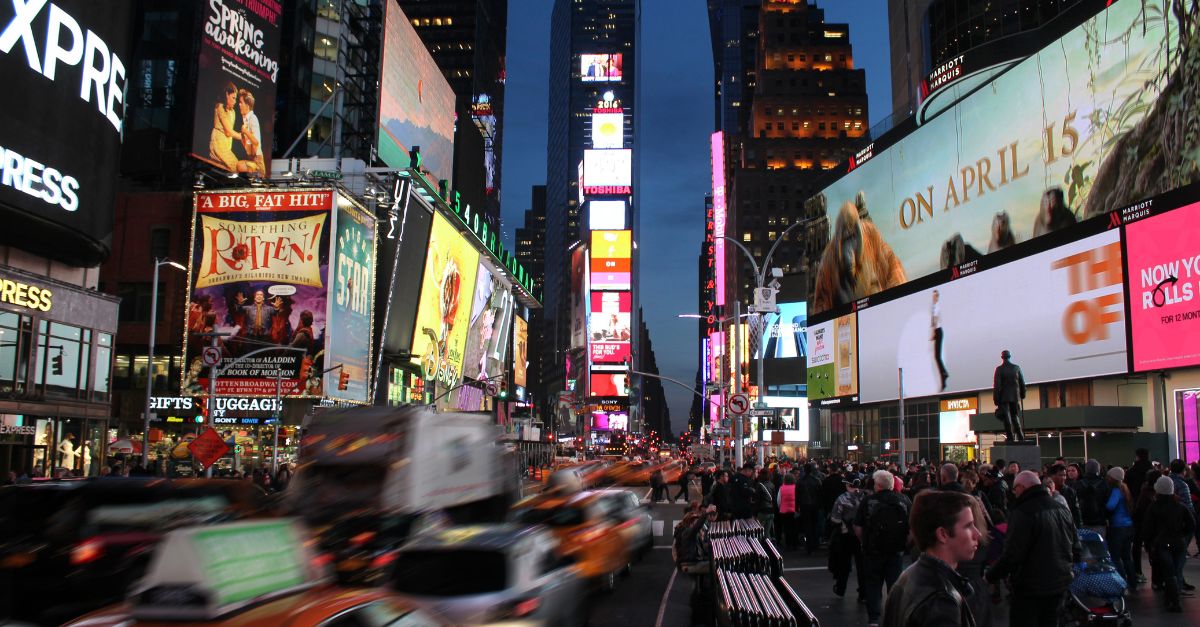Based on economic price theory, congestion pricing or congestion charge is a dynamic pricing strategy designed to regulate demand by increasing prices without increasing supply, following the trend of peaks. The word “congestion” comes from using this strategy as a way to regulate road traffic.
Congestion pricing is a common transport stratagem which aims to reduce congestion and, consequently, air pollution, increasing the rate for entries in particularly busy areas or times of a city and the theme has never been more current given the data on the level of PM10 in major Italian cities.
A very similar approach is used, for example, in the field of energy with the cost of electricity rising in the days and hours of peak consumption. Electricity rates can be higher in summer, for example, due to increased use of air conditioners; hotel rooms can be more expensive during major holidays.
Congestion pricing, the idea of Nobel Prize winner Vickrey
The revenue management theory attributes the appearance of a variable price structure to the airline market in the 1970s as a solution devised by American Airlines to cope with a highly competitive market. As recalled by a BBC article News of a few years, The first hints of such a strategy can be traced back to a study carried out in the 1950s commissioned by the then mayor of New York to find a solution to the management of subway flows. The economist William Vickrey, among the authors of the research, traced the problem of overcrowding in peak hours to the fact that users paid a fixed fee.
Vickrey’s idea was simple: with full trains, it was necessary to charge more, while it was necessary to stimulate the use in the hours with less demand by proposing the journey at a lower price. With a simple variation of the tariff, it would have come to have a more manageable line, biggest number of users and an increase in revenues.
The barrier Vickery had to face was the technological one, with the access systems of the time that did not allow to manage different rates. Intuition led the economist to win the Nobel Prize in 1996.

Despite the project’s unfeasibility because of the technology of the time, thanks to the study on the flow management of the New York subway in 1952 Vickrey is considered by many to be the father of dynamic pricing.
The underlying assumption is that congestion prices encourage users who have greater flexibility in choosing when to use a service, to opt for times when demand is lower, saving money and allowing better flow management and, consequently, improving the quality of service.
Congestion pricing, the cases of New York and London
New York City is the first major city in the United States to approve a congestion pricing plan (although many have tried to launch one there, including Mayor Michael Bloomberg in 2008). The plan, launched in August 2022, requires drivers entering Manhattan from 60th Street to pay a toll. The proceeds will be used to finance the improvement of the subway and city buses.
The city of London introduced a congestion charging scheme (the London congestion tax in 2003, which initially reduced congestion and air pollution). London’s Congestion Charge is a £15 daily fare for driving within a large central restricted traffic area, and studies on the impact on traffic and air quality continue to confirm its effectiveness.
More than 50 years after Vickrey’s proposal, is the right time come for more and more city, metro, motorway and parking managers to rely on Dynamic Pricing technologies such as Premoneo to use price leverage to better manage flows?


